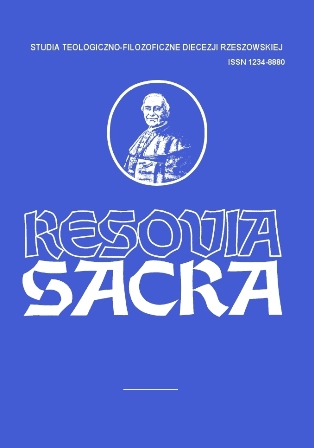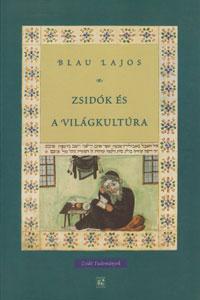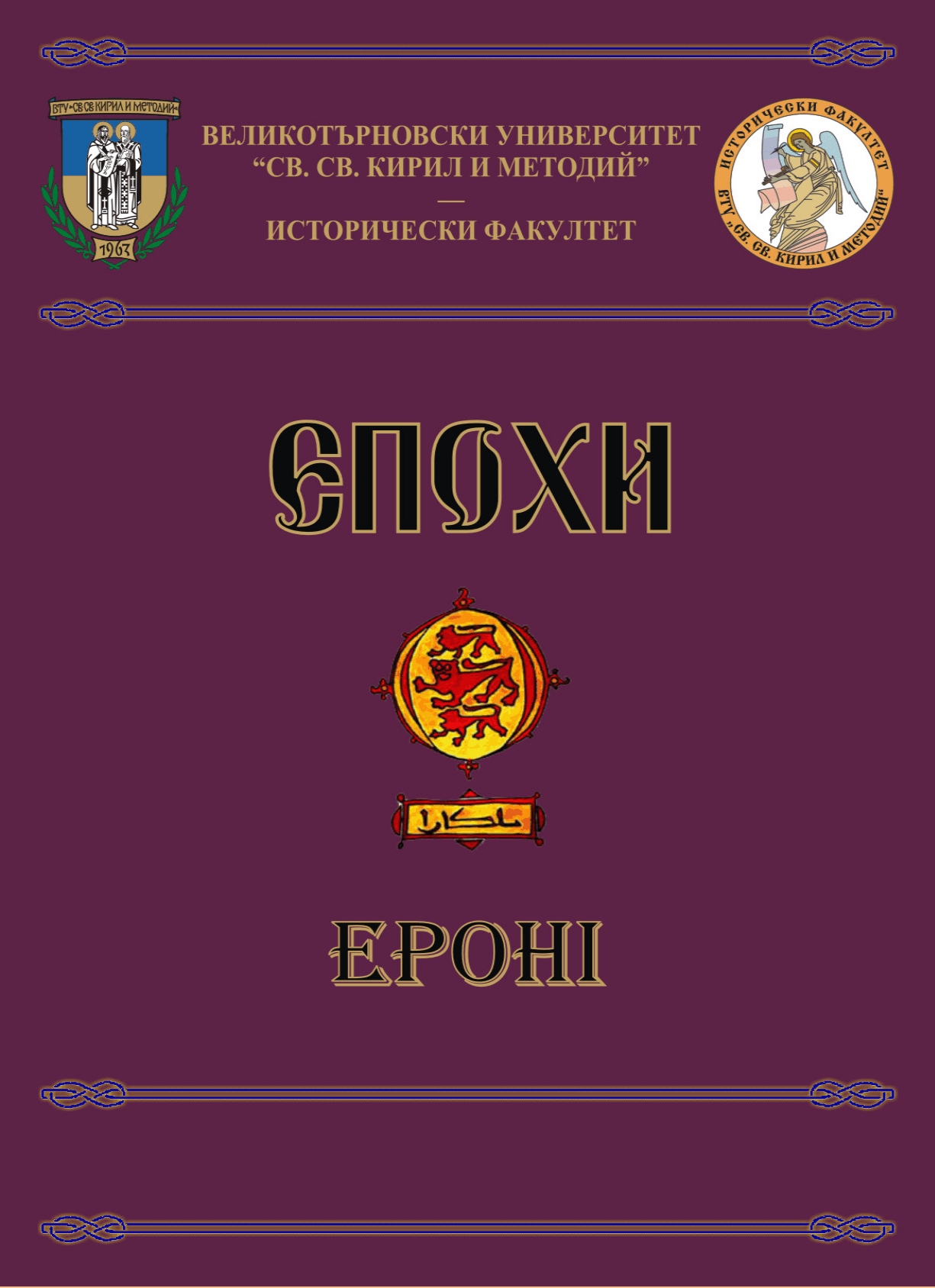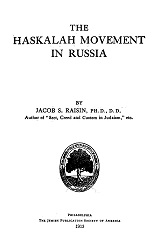
We kindly inform you that, as long as the subject affiliation of our 300.000+ articles is in progress, you might get unsufficient or no results on your third level or second level search. In this case, please broaden your search criteria.



Lajos Blau (April 29, 1861–1936; German: Ludwig Blau) was a Hungarian scholar and publicist born at Putnok, Hungary, and educated at three different yeshibot, among them that of Presburg, and at the Landesrabbinerschule in Budapest (1880-88). He studied philosophy and Orientalia at the Budapest University, received there the degree of Ph.D. cum laude in 1887, and the rabbinical diploma in 1888. In 1887 Blau became teacher of the Talmud at the Landesrabbinerschule, in 1888 substitute, and in 1889 professor of the Bible, the Hebrew and Aramaic languages, and the Talmud. Beginning in 1899 he was also librarian and tutor in Jewish history. He was in 1902 president of the folklore section of the Jewish-Hungarian Literary Society, and editor of the Magyar Zsidó Szemle (Hungarian Jewish Review). He died in 1936.
More...
The Hungarian cultural anthropologist Richard Papp highlights the complexity of the question – does the Jewish Renaissance exist. He takes as example the Jewish Community Bethlen Square in Budapest and introduces the reader to the Jewish life in the Betlen Square Jewish community as well as to the Hungarian Jewish culture.
More...




The extension of totalitarian and authoritarian regimes in the first half of the twentieth century, which hit most European states, required political interferences within the highest legislative and executive authorities of states as well as in local administrations and bodies of self-government. Legislative interventions resulted in the formation of new local political elites whose representatives, mostly recruited by the criterion of political reliability, held the defining positions and played the significant role in implementing anti-Jewish policy during the Holocaust era. The main aim of this contribution is the analysis of the mechanisms of legislative interventions into the creation of new local political elites in selected examples of Nazi-occupied countries (General Government, Protectorate of Bohemia and Moravia) and allied regimes (Slovak State and Hungary).
More...
published in Philadelphia, 1913, by The Jewish Publication Society of America
More...
À travers une perspective multidisciplinaire, basée sur les connaissances historiques et pointant vers de nouvelles recherches sur le patrimoine culturel et historique des Juifs de Belgrade et de Paris, il s’agit de souligner les similitudes et les différences dans l’existence, la préservation et la présentation du patrimoine juif dans deux environnements géographiquement éloignés, historiquement et socialement différents. L’objectif est de tenir compte du contexte historique, culturel et artistique du patrimoine culturel juif historique et la question inextricablement liée de l’Holocauste. L’article cherche à lancer une discussion sur le Bataclan, le quartier juif de Paris, et Dorcol, une partie de Belgrade où les noms de rue témoignent de la vie de la communauté juive. Le but de l’article n’est pas seulement de comparer et de souligner le lien, mais aussi de promouvoir la diversité du patrimoine culturel de la France et de la Serbie.
More...
The goal of this paper is to investigate the memory of the Holocaust, i.e. the reception and representation of the suffering of the Jewish population during the rule of the Third Reich (under Nazi rule and occupation) in the capitals of the states constituted after the Second World War - in East Berlin, GDR, and Belgrade, SFRY, during the period from 1945 to 1989/1991. Relying on the achievements of memory studies and analyzing the political moods of that time and the ways of constructing official narratives about Jewish suffering in selected post-war Communist countries, the similarities and differences in the policy of representing Jewish suffering in these two countries and the memory of Jewish victims in places of remembrance and in the practices of remembrance in their capitals will be pointed out.
More...
This article introduces cross-cultural communication and linguistic cross-fertilization by exploring the fascinating and multifaceted Yiddish language and its survival in Israeli, the result of the fin-de-siècle Hebrew revival. Yiddish is a 1,000-year-old Germanic language with Latin, Hebrew, and Aramaic substrates, with most dialects having been influenced by Slavonic languages. Yiddish is characterized by a unique style that embeds psycho-ostensive expressions throughout its discourse.
More...
The paper considers the specific problem of the land property outside Italy in the Roman provinces during the period of the late Roman Republic and the early Principate. The author studies how the Roman government faced the new problems that the conquest created and what Rome actually did when first met the Hellenistic concepts of the land property in the conquered territories and how they were applied or modified according to the traditional Roman law principles and regulations. It is emphasized that the need to organize the territory and to define the property of the people who lived on that territory or the rights which they had to the land for a very first time occurred in Sicily which the Romans organized as the first Roman provincia. The article examines the organization of Sicily according to Lex Hieronica, it considers the exemptions and immunities of some cities from the general legal regime of the province, and studies the collection of public revenues and the payments for the taxes for the exploitation of the land – vectigal et vectigalia publica. Key notions and terms like possessio, dominium, mancipatio, vectigal, vectigalia, tributum, stipendium are cleared and special attention is paid to the correct use of the Latin legal terminology. Some of the most important fragments from the Institutes of Gaius about the provincial property are examined and is made a carefully study of his language and the legal aspects of his consideration of the rights that the individuals had over the provincial lands. The research presents in details the organization of other provinces in the late Roman Republic and the early Principate and deals with the richest Roman province – Asia, which brings huge revenues to the Roman budget. Central part of the study is dedicated to the legal regime of the provincial land and the author considers the main opinions on this topic in the recent Roman legal doctrine and translates and analyzes the relevant classical Latin texts in the sources and provides an important bibliography on the problem, he tries also to define the Roman concept for „provincial property“ which for sure was not identical with the dominium ex iure Quiritium in Italy.
More...
In the Roman provinces of Moesia Inferior and Thrace, created at the beginning of the 1st century AD, there is a mutual penetration of the traditions of government, culture and religions of the Thracians, Greeks and Romans. This creates a specific basis for the development of legislation and the legal framework of a number of institutions specific to this region, especially in the province of Lower Moesia, which was not urbanized before the arrival of the Romans. Despite the few sources of data for this period, historical science in Bulgaria as well as other research for the region has had significant successes in reconstructing the political, economic and social situation in this Roman province. However, less attention is paid to provincial law, which poses a challenge for Bulgarian Romanists.
More...
Review of: Cătălina-Ioana Pavel, Acolo unde se naște musonul. Un an în regatul zeului Parasurama, Cluj-Napoca: Editura Casa Cărții de Știință, 2023
More...
Cimitirele evreiești sunt o prețioasă sursă de informație despre evoluția comunităților cărora acestea le-au aparținut, despre orientarea lor rituală, raportată la curentele iudaismului tradițional ori ale celui modern, și despre interferențele dintre evrei și creștini, mai ales atunci când investigația vizează arta funerară și structura epitafurilor. Exemplul cimitirului evreiesc din Alba Iulia se încadrează în cea de-a doua categorie, fiind vorba despre o comunitate cu o tradiție remarcabilă, fapt ce a și influențat adeziunea ei la orientarea ortodoxă, dar care a receptat în timp influențe de tip reformator, care au determinat atitudini mult mai deschise față de noile idei. Tocmai de aceea, perspectiva istorică din prima parte a studiului, care se bazează pe cele mai importante surse documentare identificate (planuri ale cimitirului și un registru vechi al înmormântărilor redactat în mai multe etape de comunitate), include exemplificări ale tendințelor de evoluție a comunității și de modificare a structurii epitafurilor ori a tipului monumentelor funerare de la sfârșitul secolului al XIX-lea. În schimb, analiza epigrafică și cea artistică, stilistică și tipologică din celelalte două părți ale articolului, pentru a fi convingătoare, sunt mai strict circumscrise, făcând referire la o selecție a pietrelor funerare datând din secolul al XVIII-lea și din prima jumătate a secolului al XIX-lea. Diferența tipologică și stilistică între cele din secolul al XVIII-lea, pentru care pot fi sesizate similarități cu pietre tombale din alte cimitire europene inventariate, și cel puțin unele dintre cele secolul al XIX-lea este evidentă. Forme baroce clare caracterizează unele dintre monumentele edificate spre mijlocul secolului al XIX-lea, iar cele neogotice pe cele de mai târziu, de la sfârșitul aceluiași secol, ceea ce probează serioase întârzieri în receptarea lor. Conținutul inscripțiilor s-a modificat și el în cea de-a doua perioadă, reflectând o mai mare sensibilitate în cazul epitafurilor dedicate defuncților copii, acestea fiind susținute și de delicatețea simbolurilor care însoțesc textul. Obiectivul articolului a fost cel de a evidenția, prin intermediul analizelor epigrafice și stilistice, măsura în care orientarea rituală a comunității a fost cea ortodoxă. Răspunsul la această întrebare este afirmativ, dacă avem în vedere perioada istorică de circa două secole și jumătate scursă de la constituirea comunității și până spre finele secolului al XIX-lea. Dar în ultimele decenii ale acestui secol au început să apară elemente care anunțau o diversificare a orientărilor, probată de profilul monumentelor funerare amplasate în această perioadă în sectorul istoric al cimitirului și al celor din celelalte sectoare ale sale.
More...
1. Le cycle: de conférences d’automne du Musée Juif d’Etat en 1971 2. Les études hébraïques à la Faculté des Lettres de l’Université Charles de Prague 3. Bedřich Nosek: Raimundus Martini (Pugio fidei), ses rapports avec le judaïsme et la philosophie islamiqu
More...

As the leader of the World Zionist Organization, Chaim Weizmann laid foundations for a future Jewish state in a calm manner. Believing that the future of the whole Zionist enterprise lies in the hand of Great Britain, Weizmann became friend and common guest to many highlevel politicians in London. Using these connections during WWI and 1920’s, he gradually gained quite a few concessions for the Jewish community in Palestine. With the WWII approaching however, his policy crumbled. New ways were needed in order for the Zionist dream to become a reality. This is what David Ben-Gurion offered, first as head of the Jewish Agency for Palestine, and then imposing his views on the whole WZO. This paper deals with the different characters and beliefs of Gurion and Weizmann.
More...